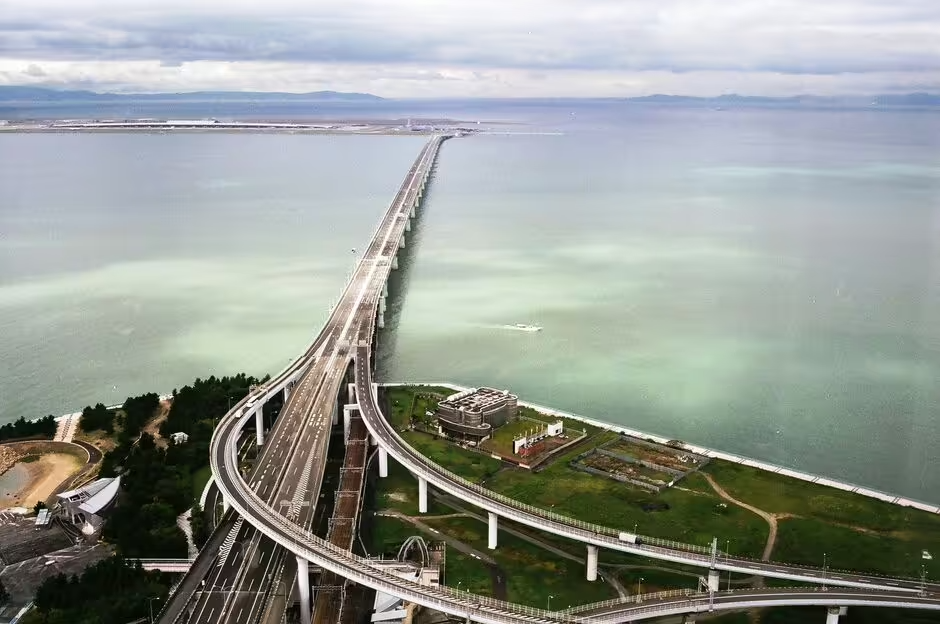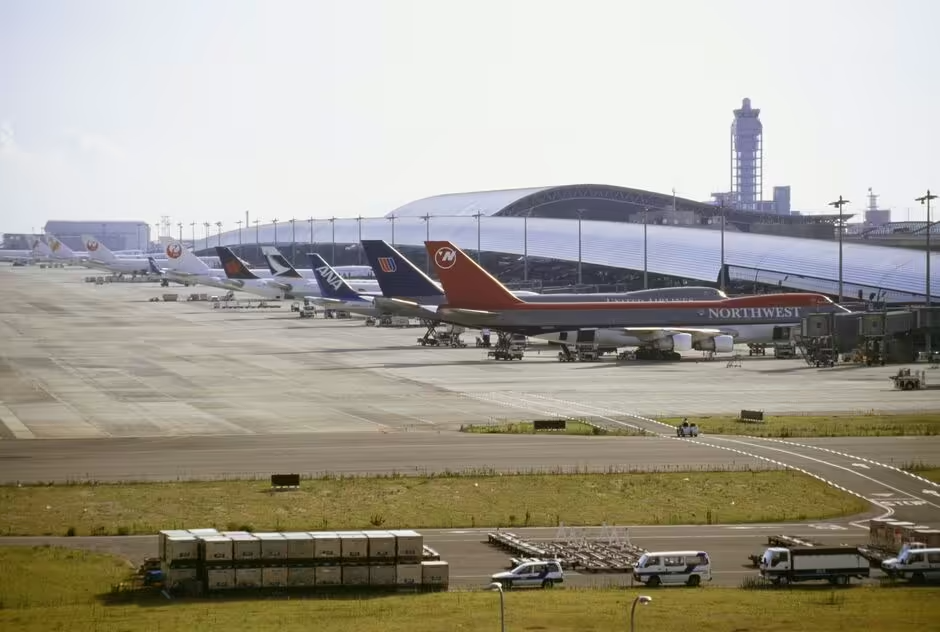$20 Billion Airport Built On Water In Japan is Sinking!
Kansai International Airport is a reportable architectural wonder. This airport built on water in Japan is located on an artificial island in Osaka Bay. Constructed at costs of about $20 billion, it aimed to receive more flights to the region and to make the lives of people living near the airport quiet. The 4-kilometer long and 2.5-kilometer wide artificial island was made through the leveling and digging out of three mountains. Overall, more than 10,000 workers engaged in the total project, supported by heavy equipment.
However, the soft clay nature of the underlying seabed institutionally is a grave challenge. The island started sinking shortly after construction completion in 1994, and this is the process until now. The airport sunk approximately 12 meters since the laying. Natural seismic activity in the area and the weight of the airport infrastructure raised doubts about the long-term viability of this engineering wonder. Let’s dive in for the details.
The Construction of Kansai International Airport
Kansai International Airport was indeed an airport born by necessity. At the time, the airport of Osaka was having an increased rate of air traffic. The new airport was indeed to be world-class, lying on an artificial island in Osaka Bay. The airport ended its construction the year 1987. Japan completed its first phase by 1994. The length of this island is 4 km in length and 2.5 km wide. Three mountains had to be dredged for the building of this island and 21 million cubic meters of landfill were collected. For this job, Japan deployed as many as 10,000 workers, 80 ships, and thousands of pieces of heavy machinery.
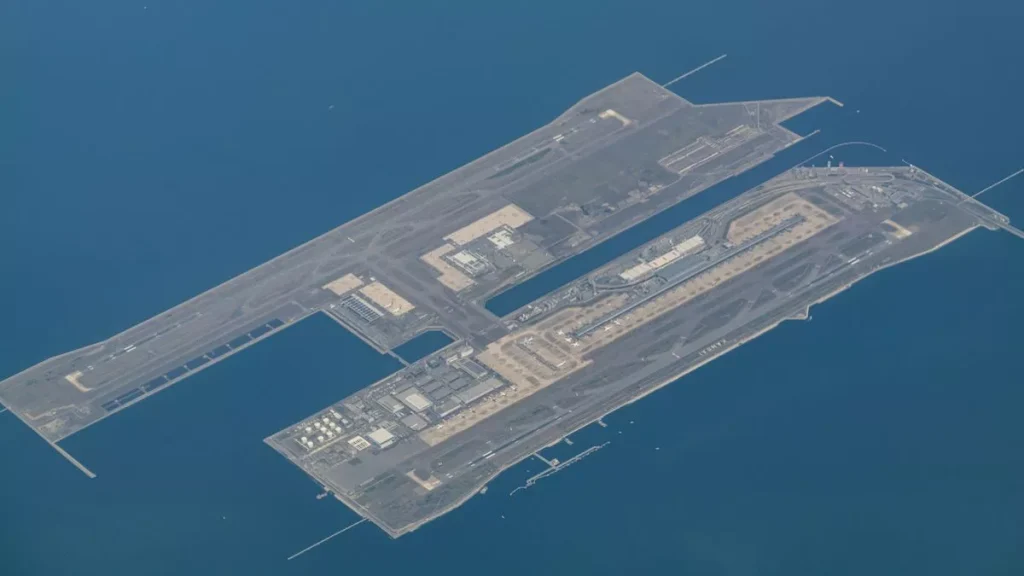
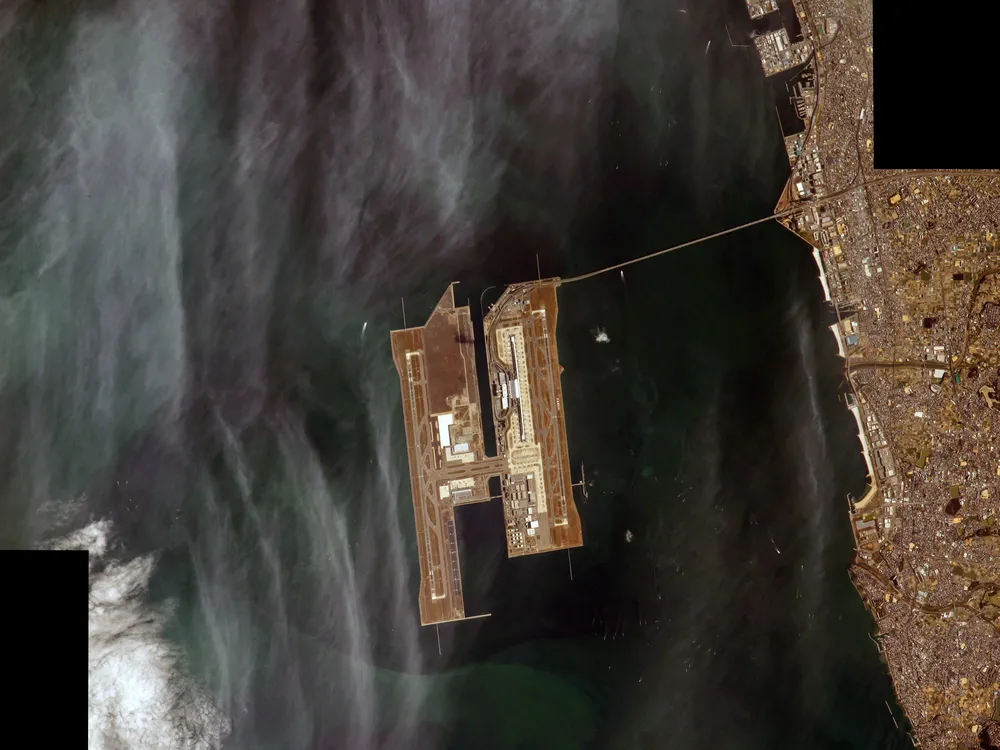
Osaka Bay is not exactly a perfect location for an airport. It was chosen in order to minimize noise pollution in built-up areas. That artificial island has a soft clay base on the seabed; engineers had to use sand drains together with cement columns to firm up the ground. Even then, the imminent sinking of the island began immediately after the completion of its construction.
Challenges of Building on Water
Building an airport on water presents a unique set of problems. Of these, perhaps the largest natural problem is subsidence-or land sinking-in which the ground simply continues to sink gradually under the weight of the structure above it. Engineers building Kansai International Airport did expect some settling to take place but the rate at which the island is actually sinking has been greater than expected. While it first sank about 50 centimeters each year, the subsidence nowadays had retarded to about 7 centimeters yearly. Even then, the cumulative effect is enormous.

Some other challenges include natural disasters the Airport faces; Osaka Bay is prone to typhoons, with sudden fierce wind shifts and heavy rain. In September 2018, Typhoon Jebi hit the airport with devastating force, flooding the runways and terminals and even causing a tanker to crash into the bridge linking the airport to the mainland. The incident shows further how unsure the location of the airport was and casts a question on its long-term viability.
The Sinking Phenomenon
The main reason for the subsidence of Kansai International Airport built on water in Japan is due to the soft seabed clay. The weight from the airport and artificial island displaced clay. While this clay is compressed, it keeps pushing down into the earth. To reduce long-term subsidence, engineers developed a technique. A vertical drain made of sand was put inside the clay, thus fastening up the process of compression. This has retarded the sinking, yet it does not completely arrest this sinking.
Starting from the opening of the airport onwards, in 2023 it had sunk about 12 meters. Over the years the subsidence gradually slowed down; it was one of the concerns regarding long-term sustainability. The cost to maintain the airport becomes rather high compared with other airports in the world since there are always continuous adjustments of runway, taxiways, and terminal buildings.
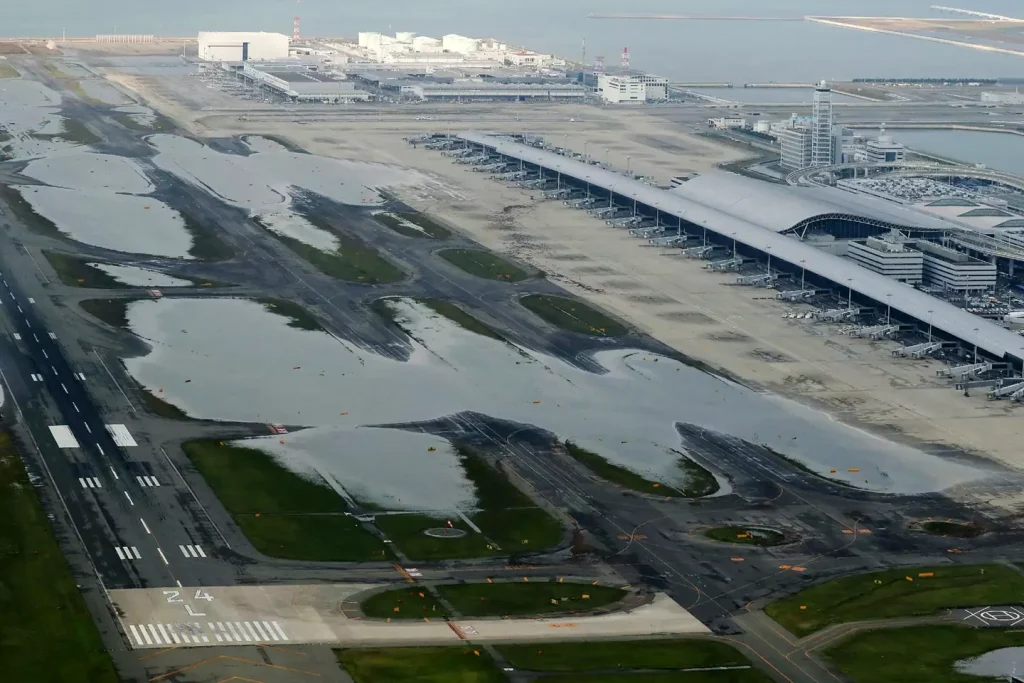

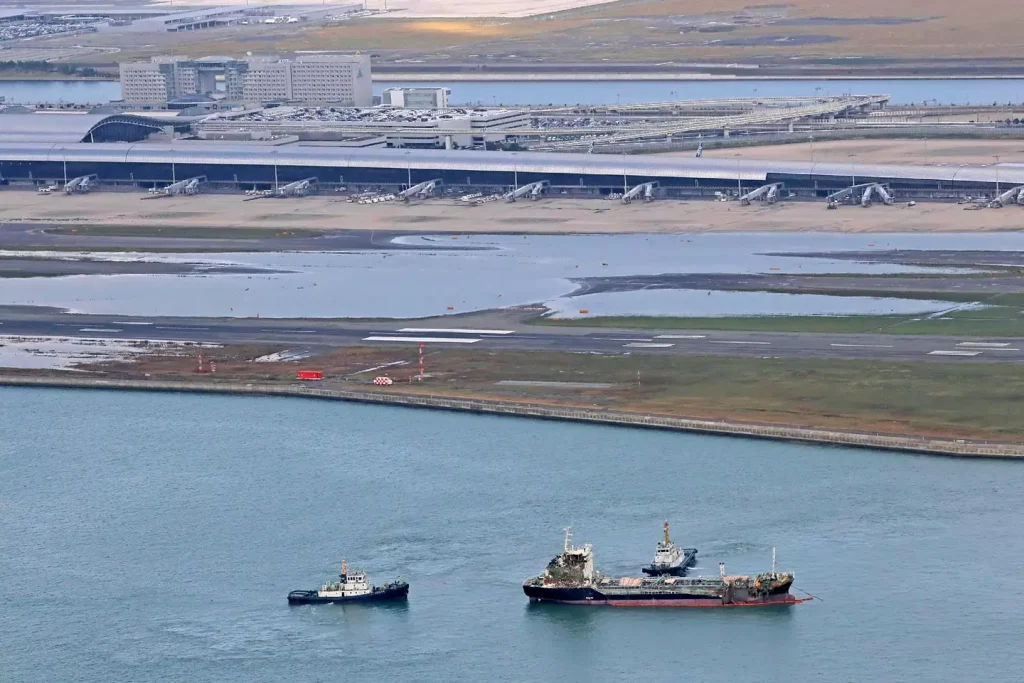
Impact on Operations
It has had a massive and continuing impact on the operational aspects of the airport. They constantly replenish the runways and taxiways in Kansai International Airport so that they remain safe for aircraft. Similarly, the terminal buildings built on extension supports also require constant adjusting to make up for the subsidence. Maintenance over here is highly expensive and there are question marks over its viability in the long term as well.
Despite those challenges, Kansai International Airport remains one of the busiest airports in Japan, having received upwards of 25 million passengers annually. Sinking has however constrained its potential for expansion. It may ultimately stop its operations if subsidence continues.
Engineering Innovations and Responses
Due to subsidence, there were a couple of innovative methods the engineers did throughout in order to stabilize the island. Apart from siphoning sand, they have grouted buildings by pumping concrete into the ground, thus filling up unoccupied space to reinforce the soil. Since the island settled, each terminal building has had adjustable Jacks that support it; hence, it is still level.

Advanced monitoring systems installed, can track the movement of the island in real-time. These systems use GPS and other technologies to detect changes in the island’s elevation. These are as tiny as a few millimeters so that engineers can react promptly to any issues. These measures have been able to slow down the sinking. However, it is unable to completely stop it as yet, with the management of the airport indiscriminately seeking solutions.
Environmental Impact and Concerns
The construction and maintenance of the Kansai International Airport built on water in Japan are associated with severe environmental issues. The making of the offshore artificial island disturbed the sea life there. Its subsidence contributed to its degradation. The other negatives on the environment include the constant need for maintenance, such as periodic additions of more sand on the island.
The airport is also on Osaka Bay and is vulnerable to rising sea levels due to climate change. Its island might flood with the rise in sea level, which might also exacerbate its subsidence problem. These site projects on mega infrastructures are just some of the issues used as a call towards more green methods in land reclamation site projects.
Conclusion
The Kansai International Airport built on water in Japan is but one example of the things man can do through engineering and new ideas. It also puts a caution on the difficulties of construction on weak lands. The questions that the settling airport wrestles with tell us that even engineering to the best techniques has its limitations, and environmental concern is a factor in constructing mega-projects.
In future decades, when the whole world is grappling with horrifying realities concerning climate change and the rise in sea level, such lessons are going to be very important in how the world is going to be structuring its future infrastructures. Work underway stabilizing the island and keeping this airport going, a testimony of human ingenuity, brings before us the sustainable solutions required after the uncertainties nature experienced.
Also read,


















